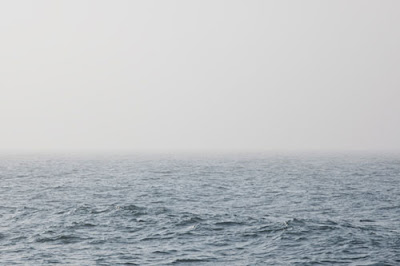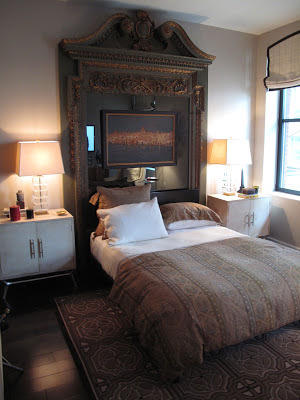When my husband and I were creating a wedding registry, one of the few things he really wanted was a bread maker. The rocks glasses I understood, but a bread maker? I resisted the idea, saying that any one-use appliance was just a space waster--plus, I pointed out, we never make bread. But he insisted that it would bring him joy, so it went on the registry. I picked the smallest and best reviewed one we could find on Amazon: The Zojirushi Home Bakery Mini Breadmaker However, no one bought it for us--that is, until this past Christmas when my parents sent it to us as a holiday gift. (Thanks Mom and Dad!)
However, no one bought it for us--that is, until this past Christmas when my parents sent it to us as a holiday gift. (Thanks Mom and Dad!)
I stand corrected in my original opposition to the bread maker: I love it. The Zojirushi Mini Breadmaker, which makes a 1 lb. loaf (about half the size of a regular loaf of bread from the super market), is worth every penny. The loaves are perfectly sized loaf for two people, especially since fresh bread goes stale pretty quickly. I was also wrong about it being a single use machine; we've used the bread maker to make pizza dough, which worked out very, very well (and only takes precisely an hour and forty minutes to knead and rise). Previously, I was buying store-bought dough to avoid having to make my own and time it properly.
So far we have made a basic white loaf, a 100% whole wheat flour loaf, a honey bread and pizza dough. I'm most interested in perfecting the whole wheat/whole grain loaf, but we need to seek out some whole grain flours with which to experiment. I'll let you know how they turn out!
This is the firm 100% whole wheat bread.
This was our first loaf: The basic white bread recipe.


























